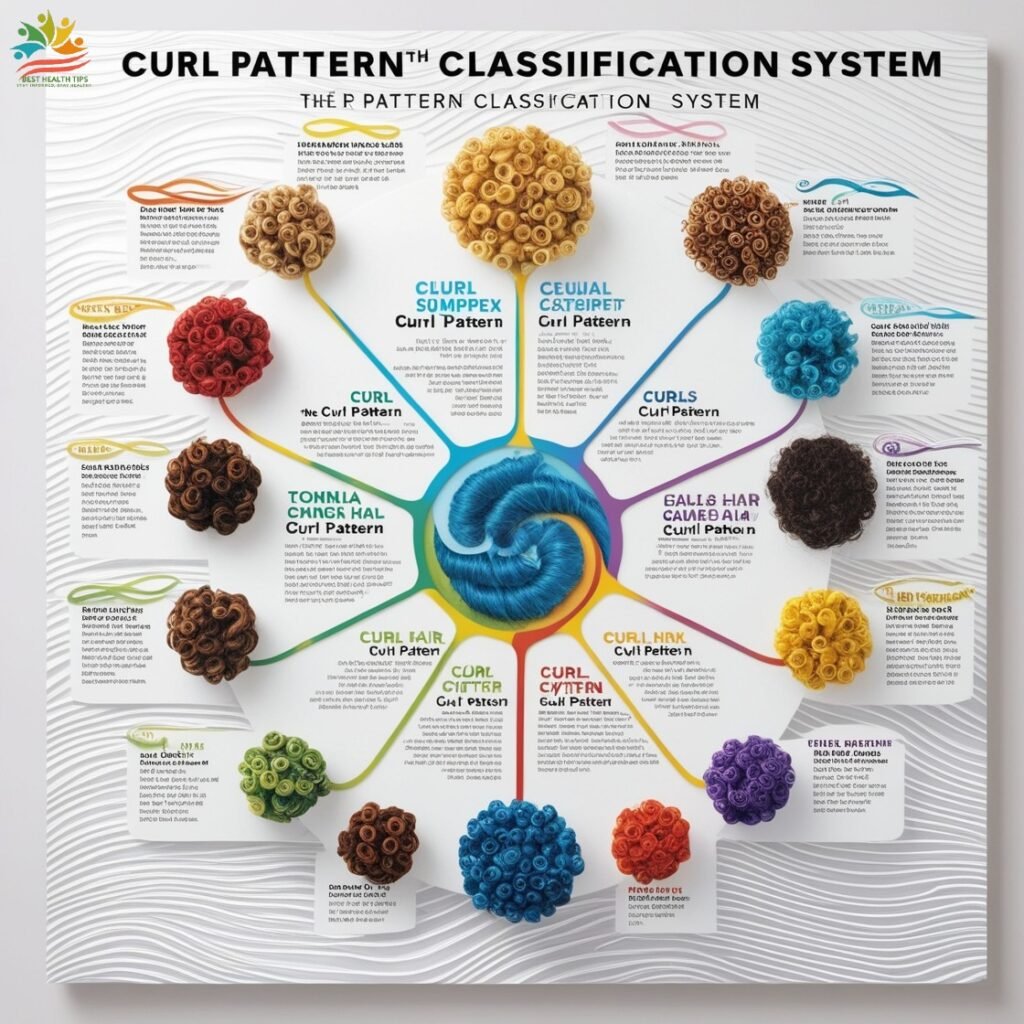Introduction
Curly hair nab is a gift that deserves love and celebration. It may call for more than straight hair may. The proper techniques with the right products can transform your curls to be incredible. This guide shows how one can take care of the curly hair, overcome a lot of the common frustrations, and above all else, understand and celebrate her natural beauty without fear. Your curl pattern isn’t some random phenomenon, but it’s something written in your genetic code. Think of DNA like some secret recipe book where every strand of hair is writing its own unique story about ancestry and genetic makeup.
Discovering Your Unique Curl Type

Curl Pattern Classification System
Imagine this as a personal DNA test for your hair. This classification system does not go merely beyond the term “curly:”
- 2A: Fine, loose waves
- 2B: Welldefined, Sshaped waves
- 2C: Thick, welldefined waves with frizz
- 3A: Large, loose curls
- 3B: Compact, more tightly formed curls
- 3C: Corkscrew curls
- 4A: Soft, dense coils
- 4B: Zshaped tight coils
- 4C: Very tight, fragile coils
Texture and Thickness Differences
Your curl is not all about pattern. It has a texture to it too. And that texture can vary from fine, medium, or really thick. Like a oneofakind fingerprint with your hair!
Why Curly Hair Needs Different Care
The feel of curly hair can be really sensitive and this makes them easily prone to drying and frizzing. The scalp’s regular oil cannot pass through the curls easily, hence drying them up, which causes breaks in some parts. But first, let’s familiarize ourselves with our curls as well as knowing what it wants for us to have healthy beautiful hair.
Different Patterns
There is no single pattern in curly hair; rather it’s a brilliant spectrum of textures and patterns :
Wavy
Loose, wavey look like beach winds
Curls
Curls with defined, S shapes
Coily
Extremely tight, springlike coils
Categorizing Curly Hair
Knowing your curl type is helpful in really caring for your curls. Hair experts classify curly hair into these major types:
Type 1: Wavy Hair
2A: Fine, loose waves with minimal volume.
2B: Defined waves with slight frizz.
Type 2: Curly Hair
3A: Big, loose curls with a lot of shine.
3B: Springy ringlets that are more voluminous.
3C: Closely coiled curls that resemble a screw.
Type 3: Coily Hair
4B: Zigzag patterns, not as defined.
4C: Very tightly coiled with little definition and high shrinkage.
Knowing your curl type will allow you to find the right products and styling techniques.
Curly Hair Care Routine

Here’s a curly hair routine that keeps your locks hydrated, defined, and frizzfree:
Define Your Curls
Apply curl cream, gel, or mousse for curls to be defined and emphasized.
Apply products on damp hair for the best result.
Dry with Care
Dry hair as much as possibleUse fewer towel dries and just get the microfiber towel or the old tshirt to let all that frizz die off.
Set Your Curls at Night
Sleep on a satin pillowcase or silk pillowcase due to minimum friction.
Pineapple the hair, tie it loosely from top of the head to get curls overnight.
Common Problems and Solutions
Frizz
Causes: Lack of moisture or environmental factors.
Solution:Utilize antifrizz serums and hydrating product lines. Avoid touching styled hair.
Shrinkage
Cause: Natural elasticity within curly hair.
Solution: Stretch curls with a twistout, braidout, or banding.
Dryness
Cause: Not enough moisture.
Solution: Deep conditioning along with oil treatments.
Breakage
Cause: Dryness or bad brushing
Solution: Tame tangles with an ultragentle treatment, then apply a repairing protein treatment to strengthen.
products for curly
Always use the right products for curly hair so that it is always healthy and beautiful.
Conditioner:
DevaCurl One Condition Original.
Hair Oil:
OGX Coconut Miracle Oil.
Love Your Curls
Curly hair is a beautiful expression of individuality. The right care routine, products, and styling techniques will help make curls look and feel great.
FAQ,s
How frequently should I wash my curls?
Ordinarily 12 times in a week depending on the type of curls one has and what their daily routine is like.
May I straighten my curls?
Yes. Only it has to be under little heat and full protective coverage.
How should I define my curls?
Curly hair enhancers, setting gels, and ‘scrunching’.
Are Chemical treatments safe for curly hair?
Depends on the chem and professional consultation. For sure, some treatments should only be done with supervision from an expert.
| Era | Cultural Significance | Practices |
|---|---|---|
| Ancient | Curls were often seen as a symbol of beauty and power. | Egyptians used oils to maintain curly texture. |
| Medieval | Curly hair was depicted in religious paintings. | Minimal care, natural curls were embraced. |
| 18th Century | Curled wigs symbolized status and wealth. | Artificial curls were created using hot tools. |
| Modern Era | Natural hair movements embrace curly beauty. | Specialized products and techniques emerged. |
Conclusion
Your curls are your crownwear them proud! Understand the hair needs of your curly hair, and you shall transform that hair from the source of problems to that stunning part of your face.
Read more about Cure&Treatment and other categories at Best Health Tipss.


